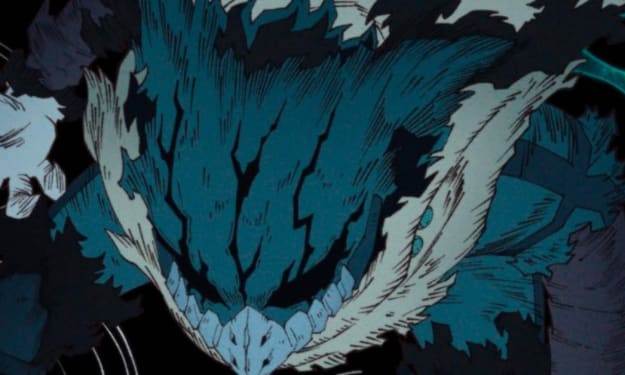Anime Rise in the US
How Japanese hand-drawn storytelling creeps into the West

Anime's introduction to the United States marks a fascinating journey that spans several decades, transforming from a niche interest to a mainstream cultural phenomenon. The roots of anime in the U.S. can be traced back to the mid-20th century when early Japanese animated series like "Astro Boy" and "Speed Racer" were introduced to American television audiences in the 1960s and 1970s. These shows, while initially localized and sometimes adapted, laid the groundwork for the growing fascination with Japanese animation. However, it was in the 1980s that anime began to make a more profound impact on American viewers.
The 1980s served as a watershed moment for the spread of anime in the United States. Groundbreaking works such as "Akira" and "Robotech" found their way into the American market, introducing audiences to the rich storytelling, intricate plots, and distinctive artistic style characteristic of anime. These titles were unlike anything seen in Western animation at the time, offering mature themes, complex characters, and a level of sophistication that resonated with a diverse audience. The success of these series paved the way for a broader acceptance of anime in American popular culture, sparking an increasing interest in the medium.
The 1990s marked a crucial period for the growth of anime in the United States, driven by a combination of factors that contributed to its widespread popularity. The advent of the home video market played a pivotal role, enabling fans to access a more extensive range of anime titles. Studios like Studio Ghibli, with masterpieces such as "My Neighbor Totoro" and "Princess Mononoke," played a significant role in shaping the perception of anime as a legitimate and artistic form of entertainment. Simultaneously, companies like ADV Films and Pioneer Entertainment worked to make anime more accessible by releasing dubbed and subtitled versions. This accessibility allowed English-speaking audiences to immerse themselves in the diverse genres and storytelling styles offered by anime.
Concurrently, the 1990s saw the emergence of dedicated conventions and fan communities that played a crucial role in fostering the growth of anime culture in the United States. Events like Anime Expo and Otakon provided platforms for enthusiasts to come together, share their passion, and celebrate the vibrant world of anime. These gatherings became not only showcases for new releases but also spaces for fans to connect, exchange ideas, and express their creativity. The sense of community that emerged further fueled the popularity of anime, creating a shared space for fans to embrace their love for the medium.
The internet became a transformative force in the late 20th century, contributing significantly to the globalization of anime. Online forums, fan sites, and the increasing availability of subtitled anime episodes allowed fans to connect and discuss their favorite shows. As the internet became an integral part of daily life, streaming services dedicated to anime, such as Crunchyroll and Funimation, emerged, revolutionizing how fans consumed content. These platforms offered a legal and convenient means for fans to access a vast library of titles, making it easier for enthusiasts to explore new series and connect with like-minded individuals.
In the 21st century, anime has firmly established itself as a mainstream and influential cultural force in the United States. The impact of anime extends beyond entertainment, influencing art, fashion, and inspiring a new generation of animators and storytellers. The journey of anime in the U.S. reflects not only the evolution of a niche interest into a widely embraced cultural phenomenon but also the enduring power of storytelling and artistic expression to transcend cultural boundaries. As fans continue to celebrate the diversity and creativity of anime, its impact on American pop culture remains profound and enduring, solidifying its place as a cherished and influential form of entertainment.
About the Creator
JRManglicmot
A Striving father and husband, trying to be the best I can be. I'm not perfect, but I try to be the one my family can look up to. I stumble and make mistakes from time to time, most often, but I try to learn from my mistakes.






Comments (1)
Awesome story!!! Loved it!!!❤️